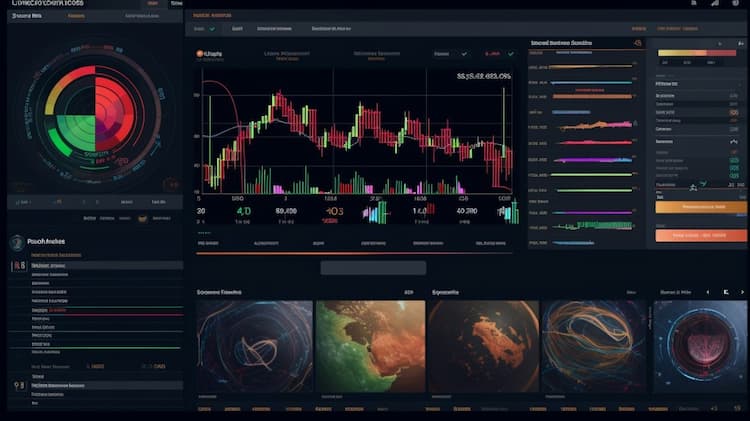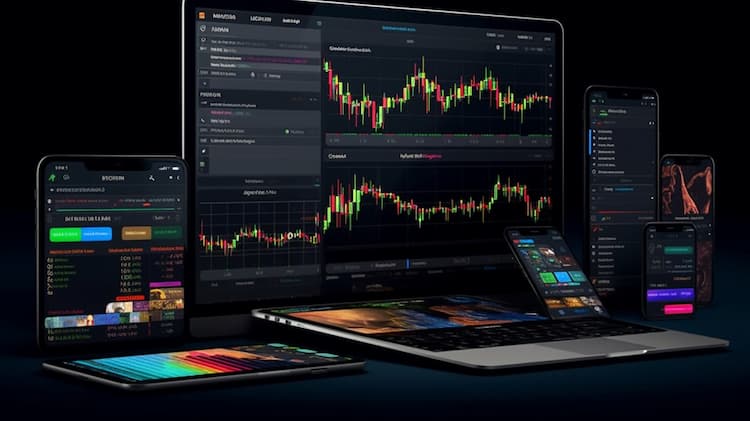
FTEC VS CIBR
Exchange-Traded Funds (ETFs) have transformed the landscape of investment, providing investors with diversified exposure to various sectors and asset classes. In this article, we will undertake a thorough comparison between two prominent ETFs: FTEC (Fidelity MSCI Information Technology Index ETF) and CIBR (First Trust NASDAQ Cybersecurity ETF). We will delve into crucial aspects, including ETF tickers, full names, issuers, sectors, top holdings, capitalization, strategy, tracking, and exposure.
FTEC Vs CIBR: Overview
FTEC and CIBR are two ETFs that cater to distinct segments within the technology sector. While FTEC focuses on tracking the MSCI USA IMI Information Technology Index, CIBR targets the cybersecurity industry by tracking the Nasdaq CTA Cybersecurity Index. This fundamental difference in focus leads to varied exposures and risks, which we will dissect in the sections ahead.
FTEC Vs CIBR: Sectors and Top Holdings
The FTEC ETF provides exposure to a broad spectrum of technology sub-industries, including software, hardware, and semiconductors. Its top holdings include industry giants like Apple, Microsoft, and NVIDIA. In contrast, CIBR hones in on cybersecurity, with top holdings such as Zscaler, Crowdstrike Holdings, and Fortinet. Recognizing the sectors and top holdings aids investors in selecting the ETF that aligns with their investment objectives.
 FTEC overlap FTEC VS CIBR
FTEC overlap FTEC VS CIBR
FTEC Vs CIBR: Capitalization and Strategy
FTEC boasts a substantial Asset Under Management (AUM), indicative of its popularity among investors seeking comprehensive exposure to the technology sector. On the other hand, CIBR's strategy revolves around capitalizing on the growth potential within the cybersecurity realm. The divergence in capitalization and strategy between these two ETFs creates varying potential returns and risks, warranting meticulous consideration from investors.
FTEC Vs CIBR: Tracking and Exposure
FTEC's objective is to mirror the performance of the MSCI USA IMI Information Technology Index, which encompasses a wide range of technology-related companies. In contrast, CIBR aims to replicate the performance of the Nasdaq CTA Cybersecurity Index, focusing exclusively on companies operating in the cybersecurity domain. It is vital for investors to understand the distinct tracking and exposure methodologies employed by these ETFs to make informed decisions.
Conclusion
FTEC and CIBR represent unique avenues for investors looking to tap into the technology sector's potential. Whether one is interested in the broader tech industry or specifically in the cybersecurity landscape, these ETFs offer tailored exposure. For individuals seeking deeper insights into holdings, correlations, overlaps, and other crucial metrics, ETF Insider stands as an indispensable tool. With its user-friendly app, ETF Insider equips investors with comprehensive details about these financial instruments and more.
Disclaimer: This article does not provide any investment advisory services.
Sources:
CIBR quote and analysis
Discover the top holdings, correlations, and overlaps of ETFs using our visualization tool.
Our app allows you to build and track your portfolio.
To learn more about the CIBR First Trust NASDAQ Cybersecurity ETF, access our dedicated page now.
FAQ
Why is FTEC better than CIBR?
FTEC may be considered better than CIBR for some investors due to its specific focus, offering diversification.
Does CIBR beat FTEC?
CIBR's performance relative to FTEC will vary over time, depending on market conditions.
Should I invest in FTEC or CIBR?
The choice between FTEC and CIBR should align with your investment goals, risk tolerance, and desired exposure.
Are FTEC and CIBR good investments?
Both FTEC and CIBR can be suitable investments depending on individual investment strategies, goals, and risk profiles.
What is the correlation between FTEC and CIBR?
The correlation between FTEC and CIBR can vary over time, reflecting differences in performance.









